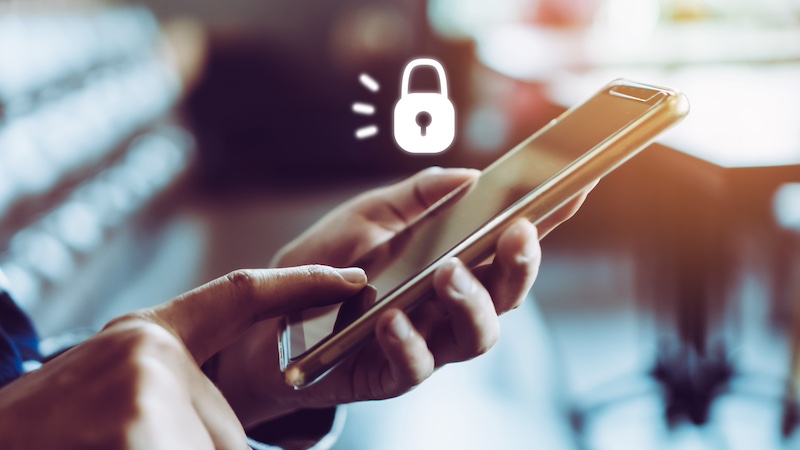
The smartphone has become a constant companion for many people. But it contains a lot of sensitive data. With iOS 18, Apple now offers another way to protect them. In the future you will be able to block or hide apps on the iPhone. We’ll tell you how it works.
In 2023 the amount was Number of smartphone users in Germany to around 68.5 million. Forecasts suggest that this number could increase to more than 71 million by 2030.
For many people, it is hard to imagine everyday life without the smartphone. Whether emails, banking, chats or shopping: the smartphone has an application for pretty much every situation. However, there is also a lot of sensitive data on mobile devices that can have devastating consequences in the wrong hands.
With iOS 18 You can now ensure more privacy on your iPhone and lock or hide apps. We’ll tell you how it works.
iOS 18: Lock apps on the iPhone
If you have updated your iPhone to the latest iOS version 18, you will not only be able to lock your smartphone with Face ID, Touch ID or your code in the future. This will also be possible for individual apps in the future.
To lock an app on your iPhone, you have to long-press it on your home screen. The menu will now open in which you will also find the “Request Face ID” option in iOS 18 in the future.
If you select it, a small pop-up window opens in which you have to confirm “Request Face ID” again. You can then only open the app by scanning your Face ID or entering your code.
If the function is activated, your notifications on the lock screen will no longer contain any information. You can only view this after unlocking.
This is how you can hide apps
There is also the option to ban apps completely from the home screen. However, this does not work for pre-installed apps such as Mail, Messages or Safari.
But if you want to hide WhatsApp or your banking app, for example, you can do this via the same app menu. To do this, press and hold the corresponding app until the menu opens.
Select the “Request Face ID” option. You will then be given another option. Next to “Request Face ID,” you can select “Hide and Request Face ID.”
If you choose the second option, the app will no longer be visible on your iPhone in the future. The app will then only be listed in a few areas, such as in the settings.
In the future, you will only be able to view or open the app with Siri if you have unlocked it with Face ID or your code. You will also no longer receive calls, messages or notifications from this app.
If you want to open a hidden app, you have to open the “Hidden” app folder. However, you must first unlock it with your Face ID or your code.
Also interesting:
- OpenAI o1: New AI model enables the production of bioweapons
- Telegram: This is how you can report content and users
- Card payment disruption: What is TeleCash?
- Activate Cell Broadcast on the iPhone – here’s how
The post On the iPhone: This is how you can lock or hide apps by Maria Gramsch appeared first on BASIC thinking. Follow us too Facebook, Twitter and Instagram.
As a Tech Industry expert, I believe that locking or hiding apps on an iPhone can be a useful feature for users who want to protect their privacy or restrict access to certain apps. This can be particularly important for parents who want to control what apps their children can access, or for individuals who want to keep sensitive information secure.
There are a few different ways to lock or hide apps on an iPhone, including using the built-in Screen Time feature to restrict access to certain apps, or using third-party apps that offer additional security and privacy features. It’s important for users to choose a method that best fits their needs and preferences, and to regularly review and update their app locking settings to ensure that their data remains secure.
Overall, locking or hiding apps on an iPhone can be a helpful tool for maintaining privacy and security in an increasingly digital world. It’s important for users to stay informed about the latest technology and security trends, and to take proactive steps to protect their personal information and data.
Credits